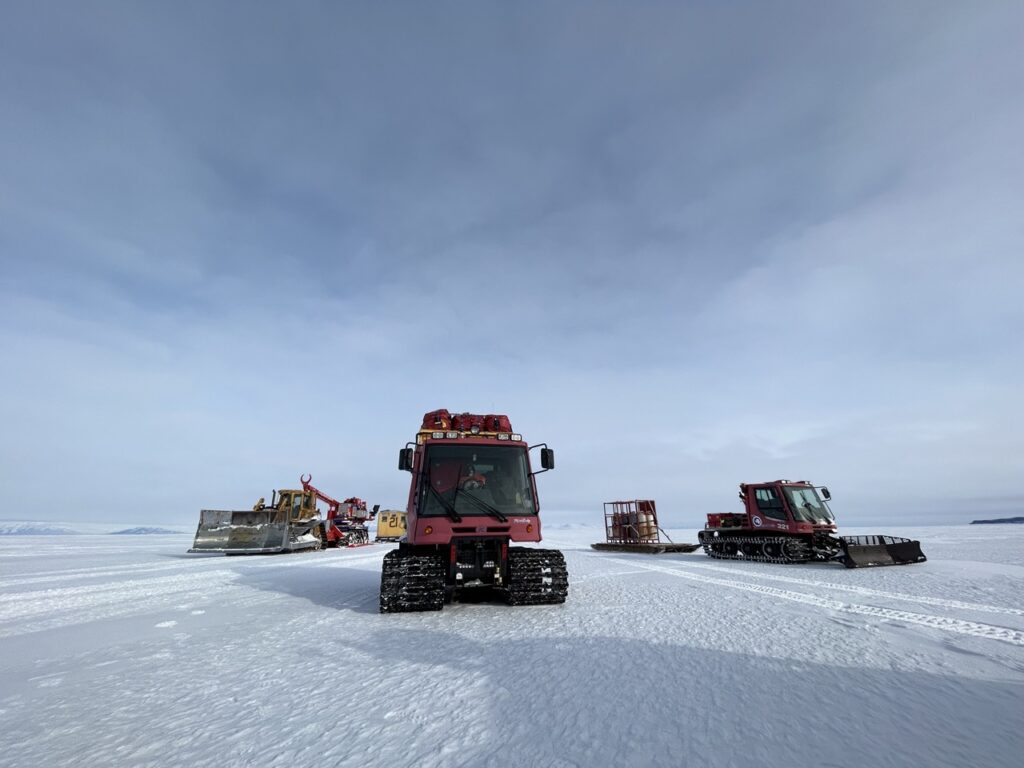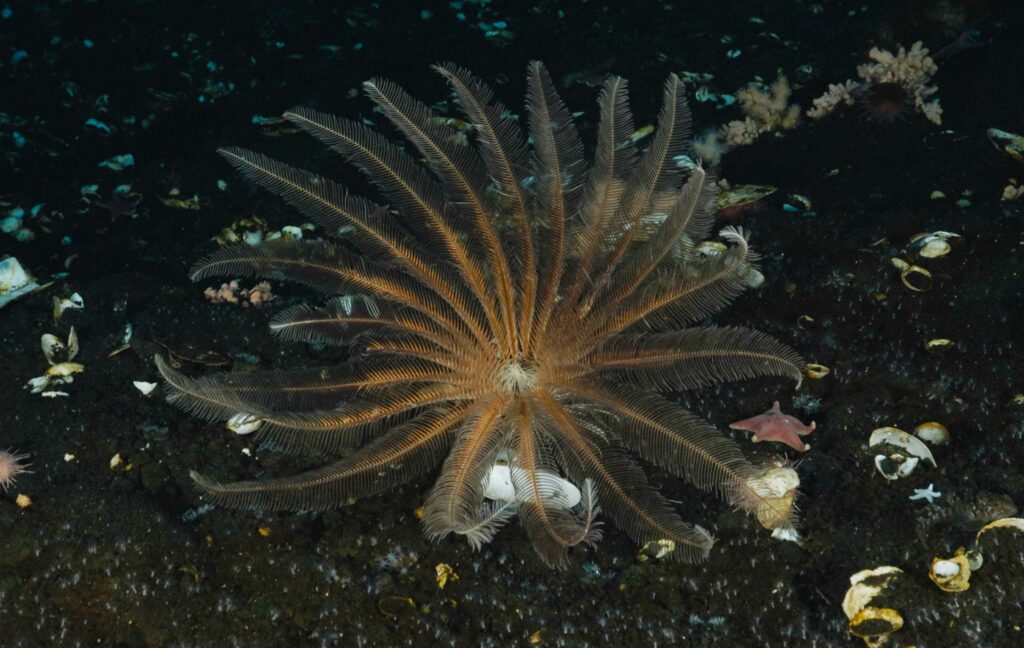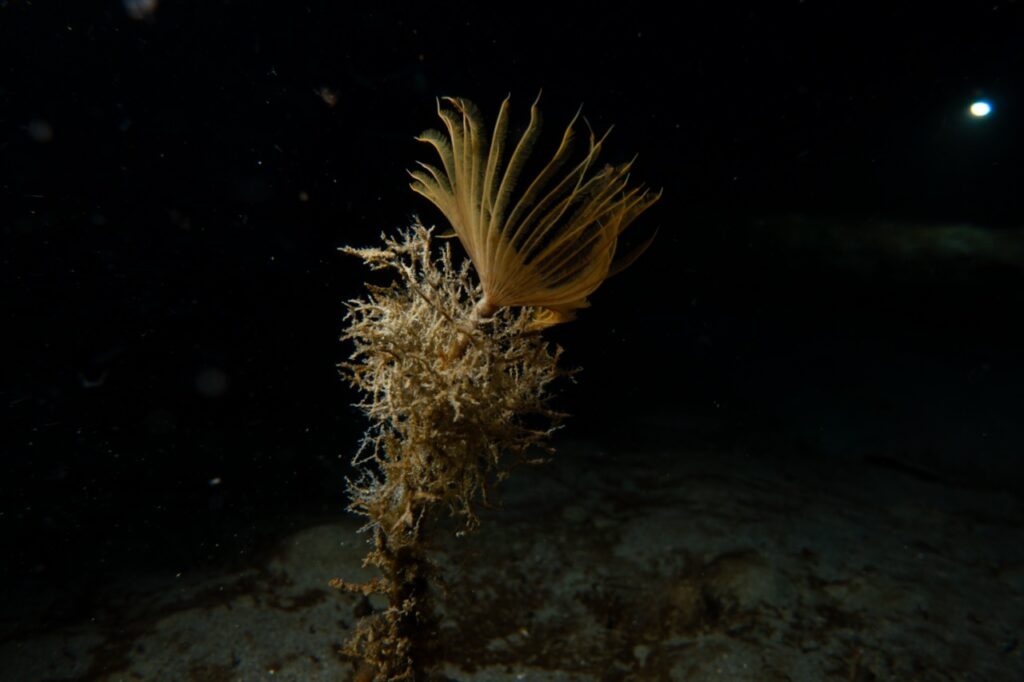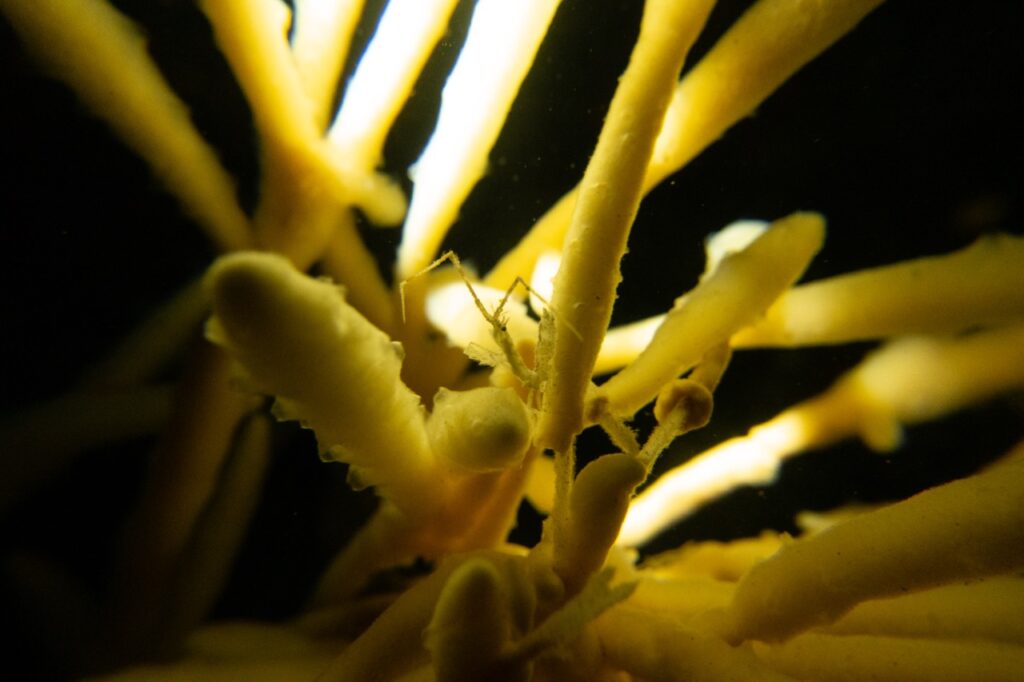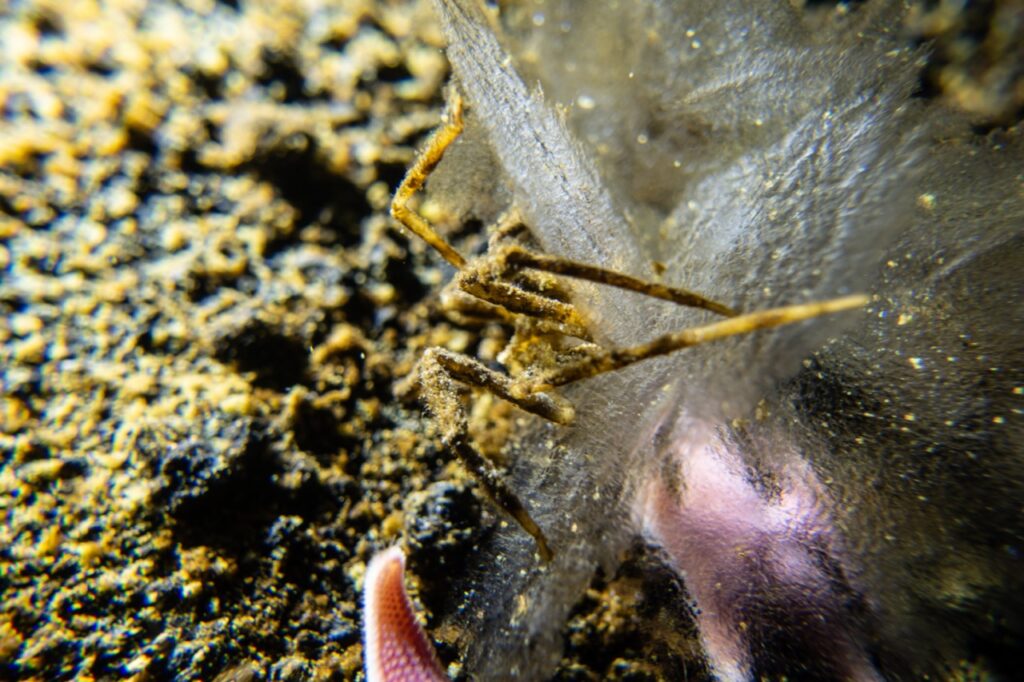
They say all good things must come to an end, and sadly this cruise has an end as well. While we’ve all grown as a family spending a month at sea together, sharing discoveries and seeing awesome sights from the sea floor, it’s time to head home. It’s a bittersweet goodbye. The experiences out here are forever, but we have our lives to return to. It’s sad to leave behind the community of our expedition, but we will cross paths in the future at conferences, in collaborations, and potentially even future cruises. Once a few of us get into writing our own grants and leading our own laboratories, there will be an EPR reunion cruise!
There’s a lot to say about this cruise. I’ve covered the sample processing I was involved with and some sneak peaks of our what we’re finding, but I want to tell you all about the others things we got up to on our expedition (and also have an excuse to share more seafloor pictures).










On this cruise there were two main projects; one looking at the relationship between microbial biofilms and larval settlement at active vents, and another exploring life at inactive vents. This meant that we were able to see a lot of diverse habitats and involved in varied sampling efforts. Hydrothermal vent fields are so exciting as the precipitating vent fluid creates high relief structures: chimneys, chimlets, spires, etc., but also are surrounded by lava flows and pillow basalts. We were able to see diffuse flow, like the shimmering water in the Tica Riftia image, but also erupting black smokers in the surrounding areas. These sites act as oases in an otherwise food-limited deep-sea, teeming with life; whether giant Riftia tubeworms and mussels, or small gastropods and squat lobsters. Knowing that all these photos and videos are of these extreme habitats that typically exist in pitch-black darkness adds to the amazement of the life that survives here.
In addition to our settlement sandwich deployments I’ve talked about, we did many other sampling types throughout this cruise. We would take temperature measurements quite often, enhancing our understanding of gradients throughout the region, and how they change. In tandem with spot-specific and auto-collecting chemistry sensors from Nadine LeBris, these measurements allow us to understand the conditions these animals survive under, and discern any spatial or temporal patterns. We also used MAJOR samplers, and extracted small chimney pieces, to analyze the bacteria living within the super-hot vent fluid, and on the chimneys themselves. On the inactive side, we took rock collections to collect animals, and characterized rock types to understand their habitat better. If you’re interested in what we’ve found so far at inactive vents, check out this paper that came out of our last cruise: Chen et al. 2024.


If this cruise didn’t have enough excitement, we all on board probably got to witness the most insane display of human innovation and connection. A friend of the Chief Scientist Dr. Shawn Arellano (WWU), NASA astronaut Loral O’Hara, video called with the R/V Atlantis from the International Space Station. Loral used to be an Alvin technician and knew many of the ship’s crew. She wanted to connect while on her first deployment to space, and we even managed to get her connected to Susan Mills (WHOI) WHILE SHE WAS IN ALVIN ON THE SEAFLOOR. They were literally talking from space to the seafloor, 2500 meters below. How insane is that. As you can see from the picture on the right above, the entire science party was entranced by the meeting. As we asked Loral silly questions about sleeping and eating in space, she floated through the ISS and even showed us the view of where we were on our planet, from her viewport. A completely surreal experience overall.



As things winded down with our final sample processing and getting started on packing, we were also offered a tour of the ship’s depths. First, we were shown the control panels for all the machines and reservoirs on board that made this all possible. We could see how we get freshwater on board, where the thrusters are located, how waste and fuel are managed, and even the fire suppression systems. After donning our Atlantis™ ear plugs, we were then able to tour through the hot and loud engine room. With pipes running below, overhead and along at the walls, panels with buttons, emergency light displays, valves and levers, it was like stepping into another world. We saw the reverse-osmosis machines that convert saltwater into drinking water, the bilge pumps, the engines themselves, and many other machines. This 274-foot ship takes a lot to keep running for an entire expedition with no access to shore.






After a month at sea we did manage to make it back to land with our port in Golfito, Costa Rica. We hadn’t seen green (besides phytoplankton / bioluminescence) for a while, and this tropical biodiversity hotspot was quite the warm welcome. After celebrating and finishing our demobilization checklists, we were free from the ship. Some of us had to fly back immediately, some stayed a few days, while others decided to take a well-deserved vacation. Golfito was a beautiful place, with scarlet macaws overhead, iguanas and coatis running across the roads, and the tallest palm trees I’ve ever seen. Right next to the town is Golfo Dulce, a gulf between mainland Costa Rica and the Osa peninsula. Some of us were able to go diving during our short time there, seeing moral eels, sail boat shipwrecks, coral farms, and many schools of tropical fishes.
While this cruise was the end of the EPR Biofilms4Larvae project, the inactive sulfides project will continue to study this site. However the East Pacific Rise is due for an eruption any day now, so a lot of scientists are keeping their eyes out. If you’re interested in learning more about what we did on this cruise, check out Dr Arellano’s Larval Lab Blog that was ran by her current students, and look for upcoming papers about our discoveries!
I want to say a huge thank you to the entire science crew, and the R/V Atlantis crew for making this whole cruise possible. Without the round-the-clock operations by the engineers, oilers, mates, able-bodied workers, and cooks, we never would have survived. Thank you to the SSSGs for working with us to ensure we could effectively conduct our science and adjust to life at sea. Of course, thank you to the scientists on board who made all this possible, worked long hours, shared ideas, and supported each other. Thank you for following along! Keeping following our lab to see what we do next!
EPR Biofilms4Larvae project is a multi-institutional NSF grant: OCE-1948580 (Arellano), OCE-1947735 (Mullineaux), OCE-1948623 (Vetriani).
Also find us on Instagram @larvallab, #Biofilms4Larvae
The Inactive Sulfides project is a multi-institutional NSF grant: OCE-2152453 (Mullineaux & Beaulieu), OCE-2152422 (Sylvan & Achberger).
Also find us on Instagram @jasonsylvan, #LifeAfterVents












































































